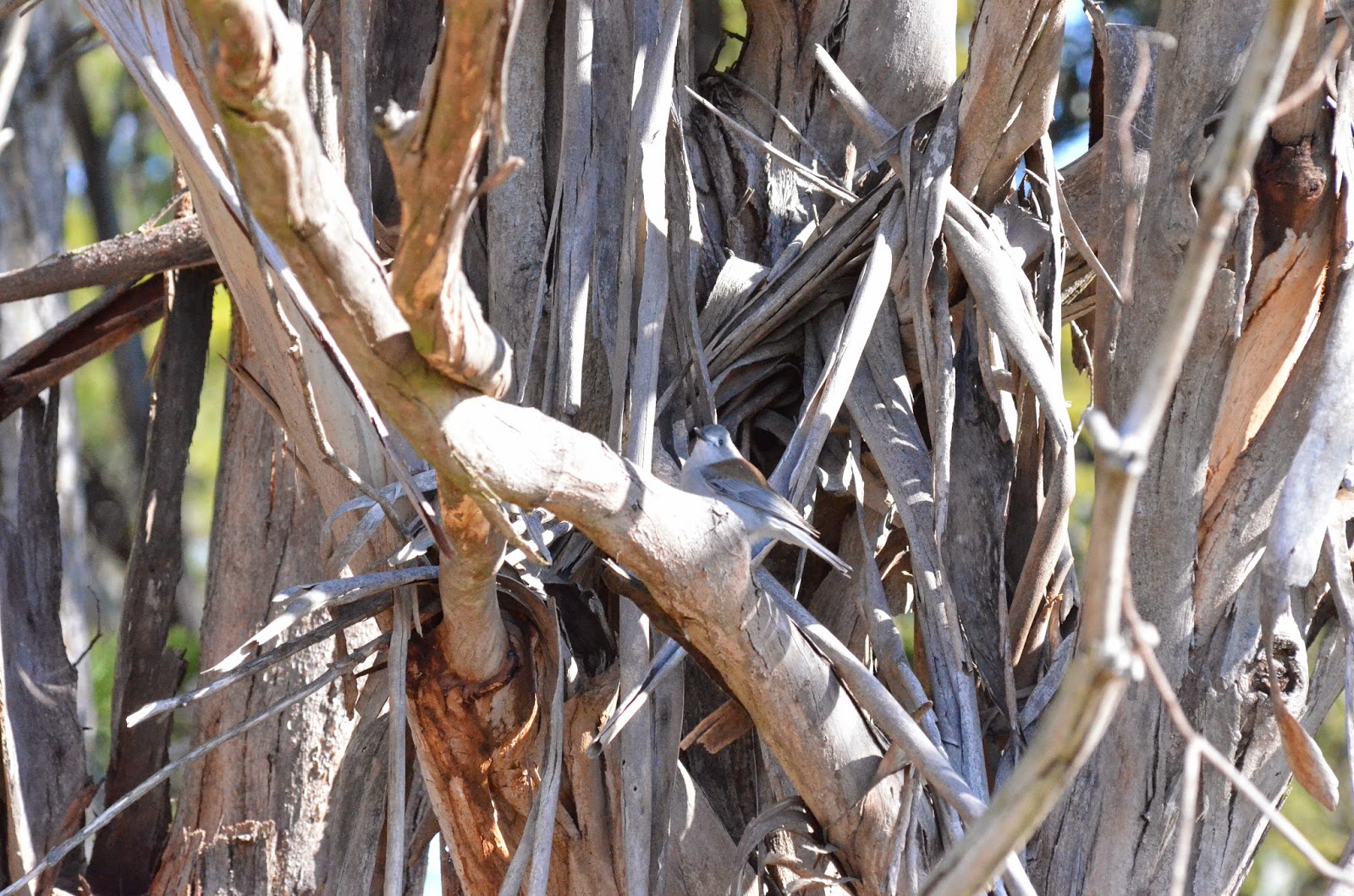The colour of dinosaurs is always a matter of discussion when reconstructions are being planned. Until some of the recent feathered dinosaur fossils were discovered there was virtually no evidence for what colour they were. Again we must observe living species to see how their colours work with their environment and draw comparisons to apply to the dinosaurs.
Species generally fit into two categories, predators and prey (or diners and dinner). Obviously it is good to be the predator and not worry too much about being someone's dinner. For the prey species, usually herbivores, it works out best if someone else is eaten... then you survive to maybe pass on your genetic heritage. So how do you reduce the chance of being food?
 |
| Birds (Aves) are on the far left of the cladeogram. The red part is all carnivores except for the first branch - Sauropods, which are the giant long-necked herbivores. |
Our Bird descendants do not possess the variety of spiked or armoured protective adornments that some
dinosaurs did (for a number of reasons, but mostly as these dinosaurs are not their direct ancestors - the carnivorous dinosaurs are). Instead they have the power of flight to try and evade capture, or the ability to blend in to their environments and hopefully avoid detection (camouflage), or flocking behaviour to play the numbers game.So lets have a look at "How not to bee Seen".
How many birds can you find in this patch of "lawn"?
There is only one bird in this image, but again it doesn't stand out.
Again this pigeon blends in pretty well although it has chosen a rather obvious position to perch.
While these ones don't really blend in at all. instead they must rely on other active strategies to avoid predators.
Camouflage is passive - it doesn't require any effort to use apart from the initial expense of growing the pattern/plumage/scales in the first place. In birds it is not adaptive (although countershading is more so) and against the wrong background it doesn't work. However for the most part it is an effective strategy and thus we would expect it to be used by many dinosaur species.
So why do some animals, like the Rosellas above go to the opposite extreme and did dinosaurs do that too?... well that's another story.





No comments:
Post a Comment